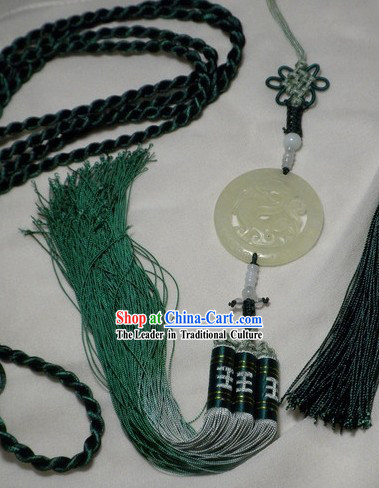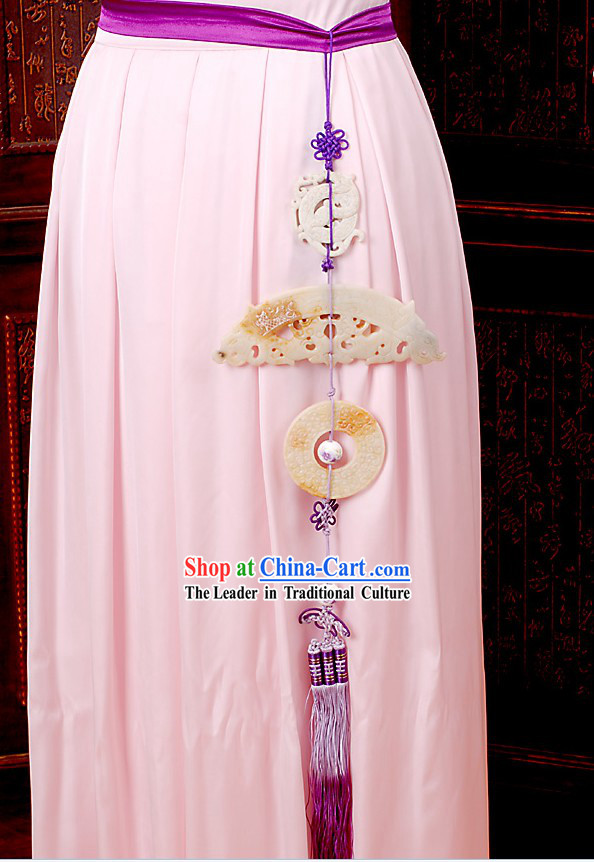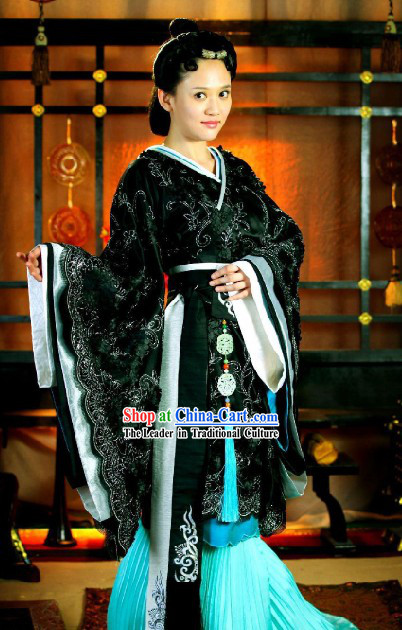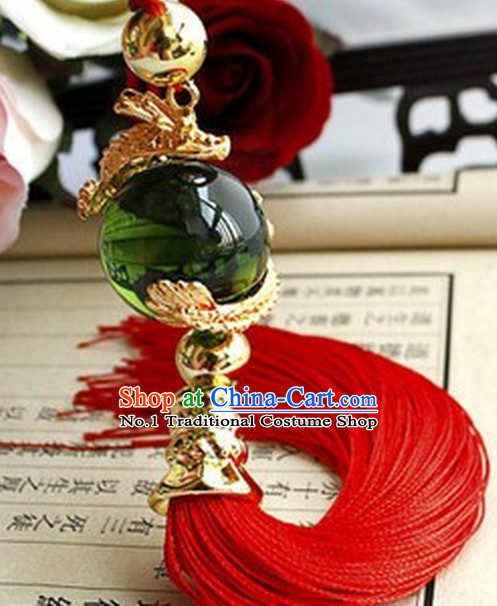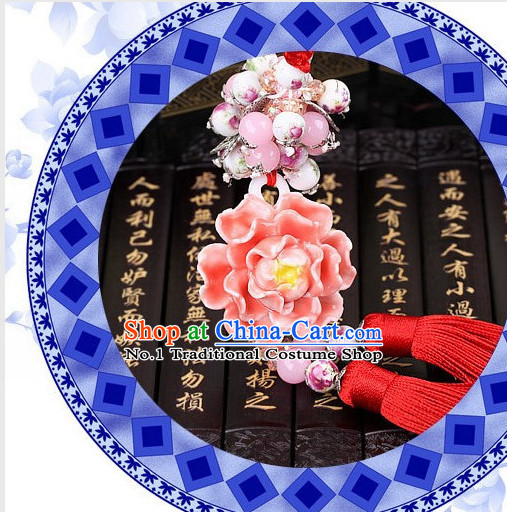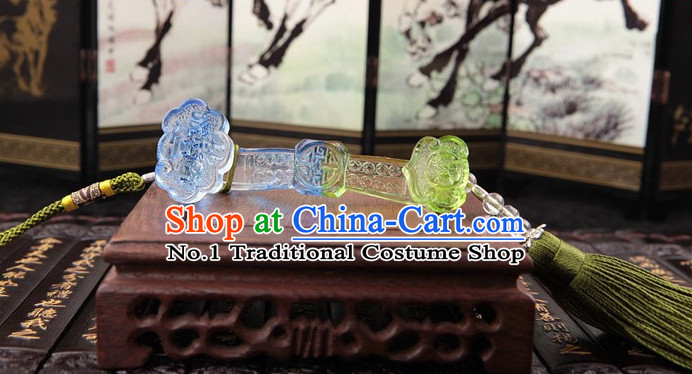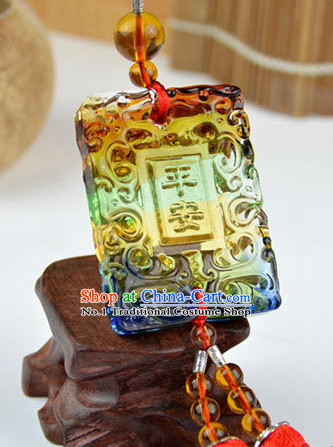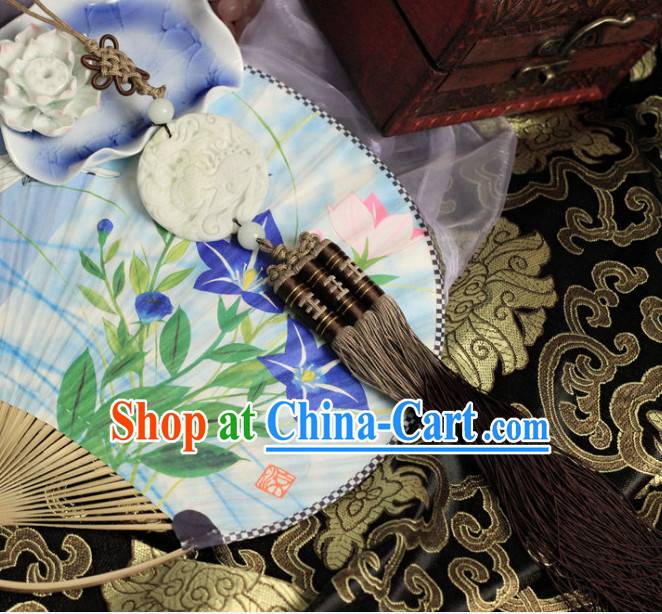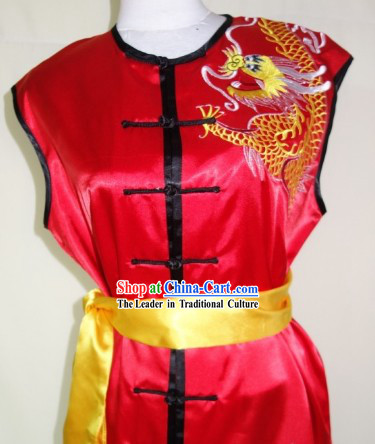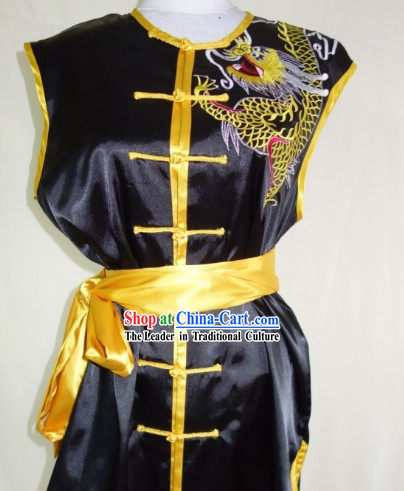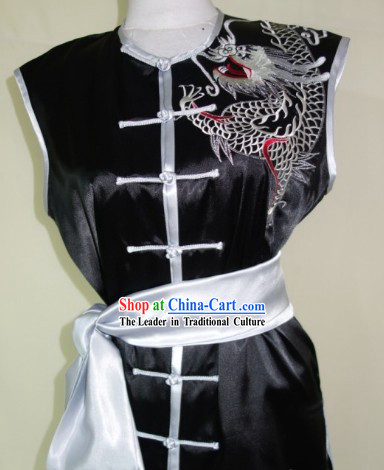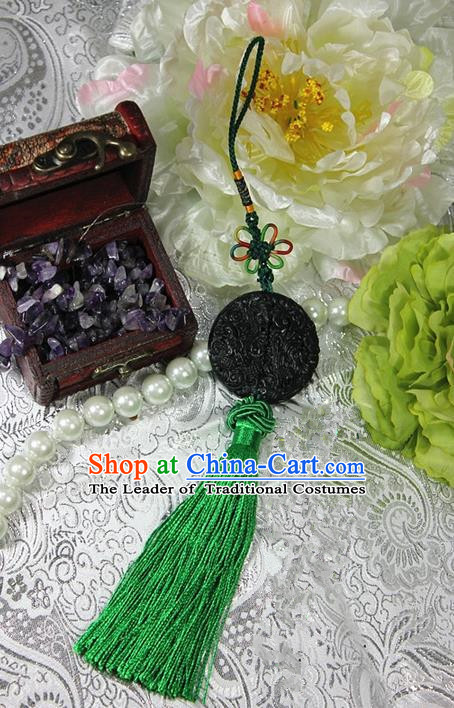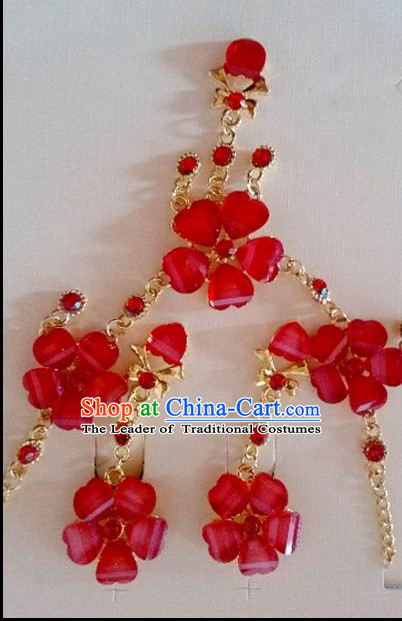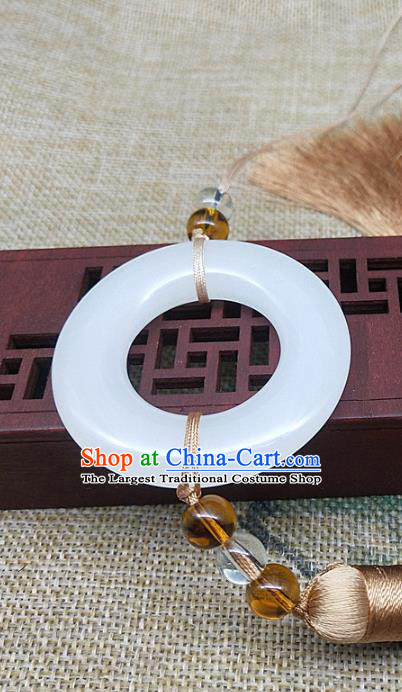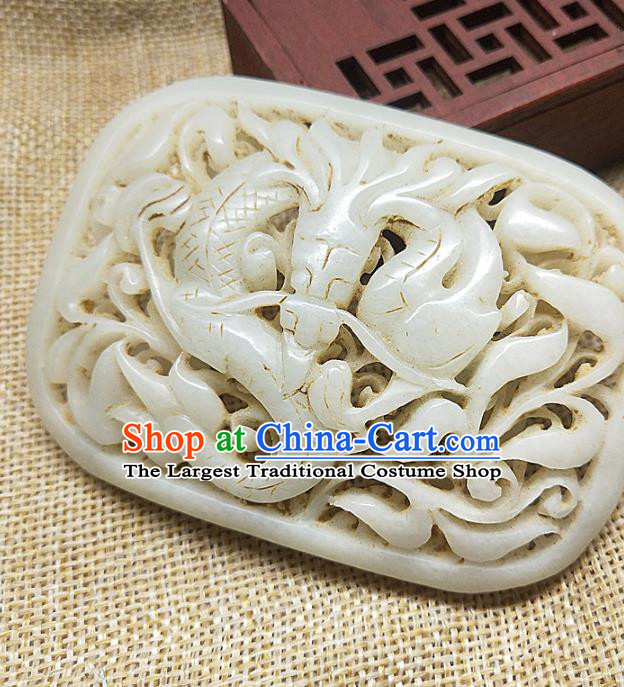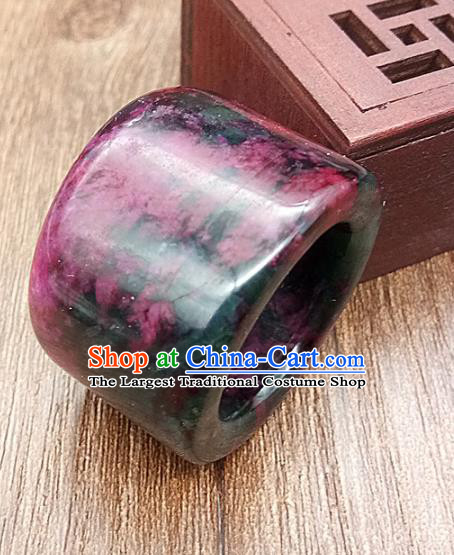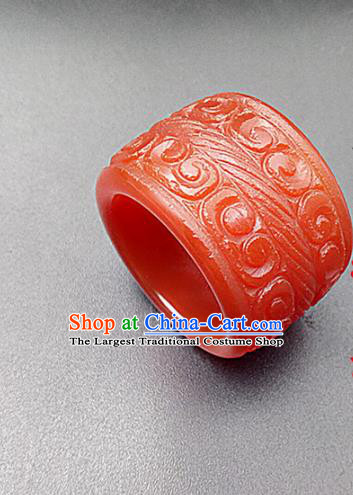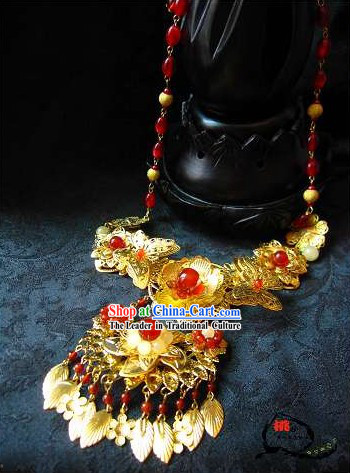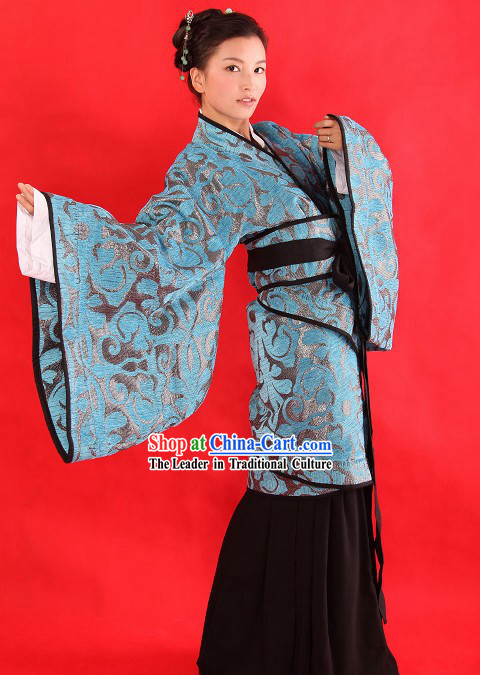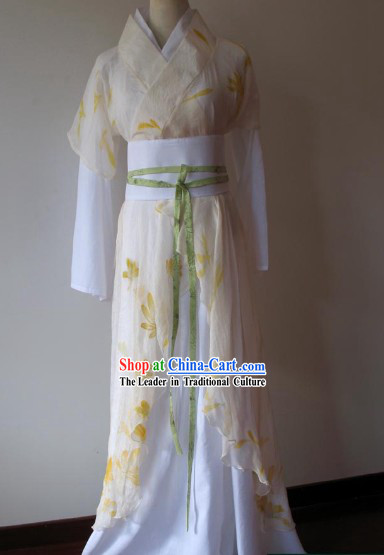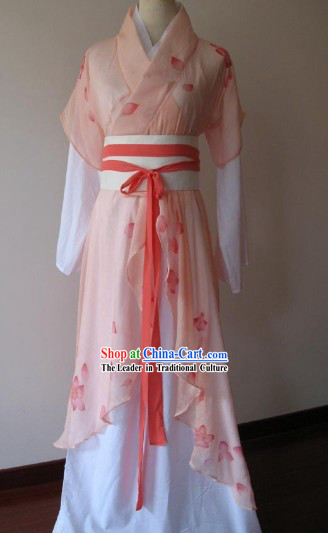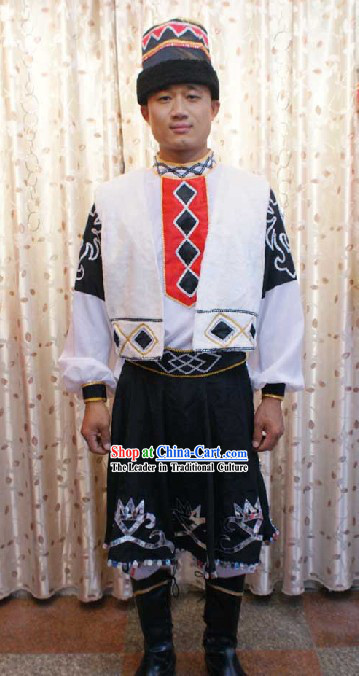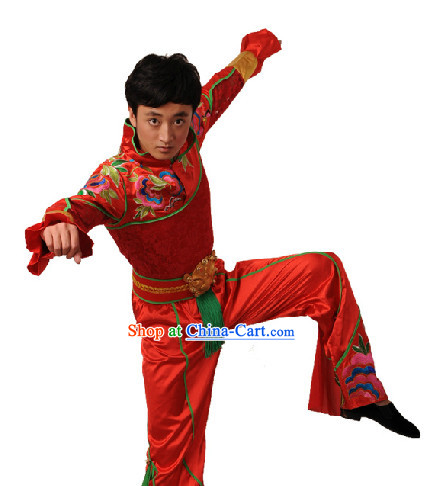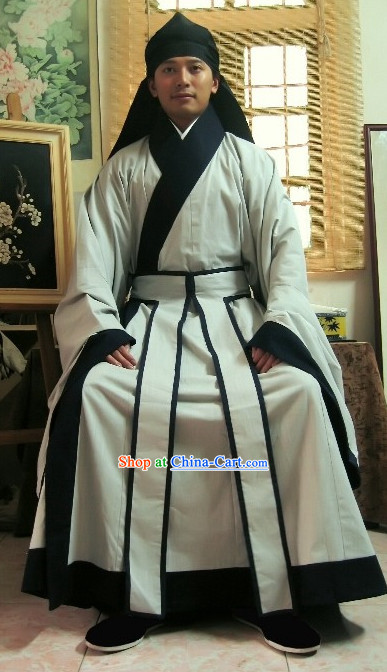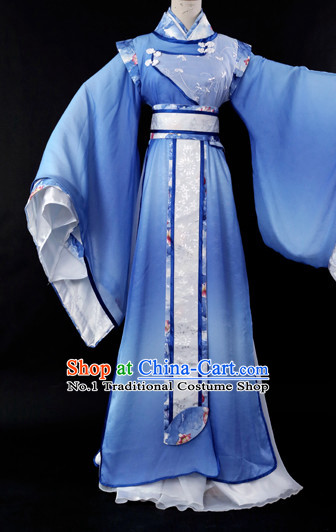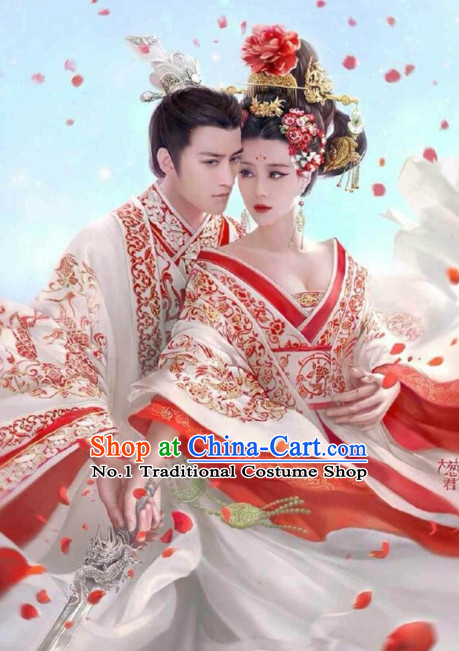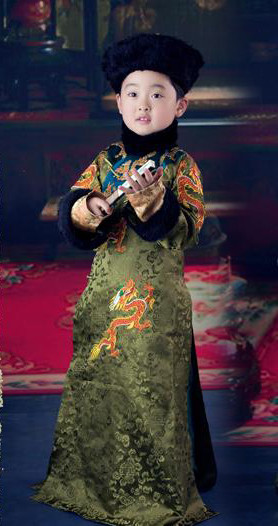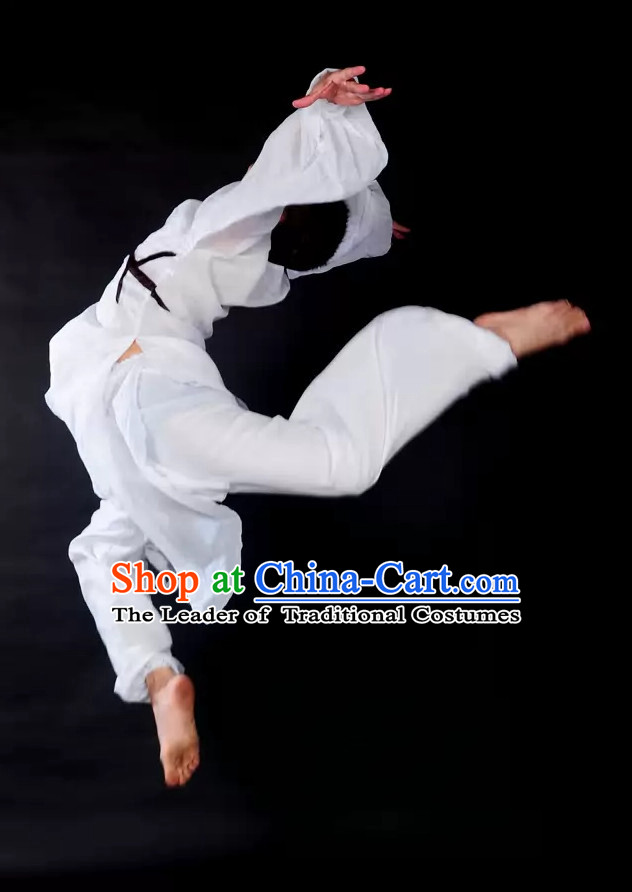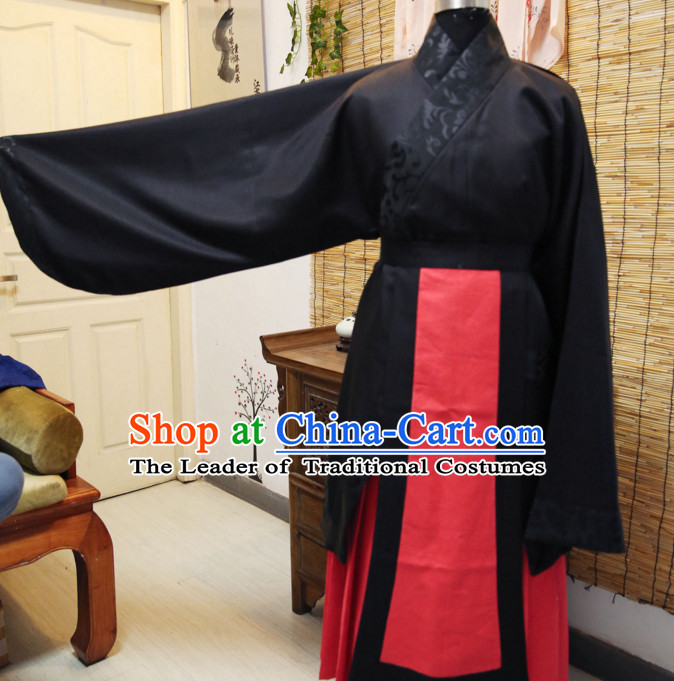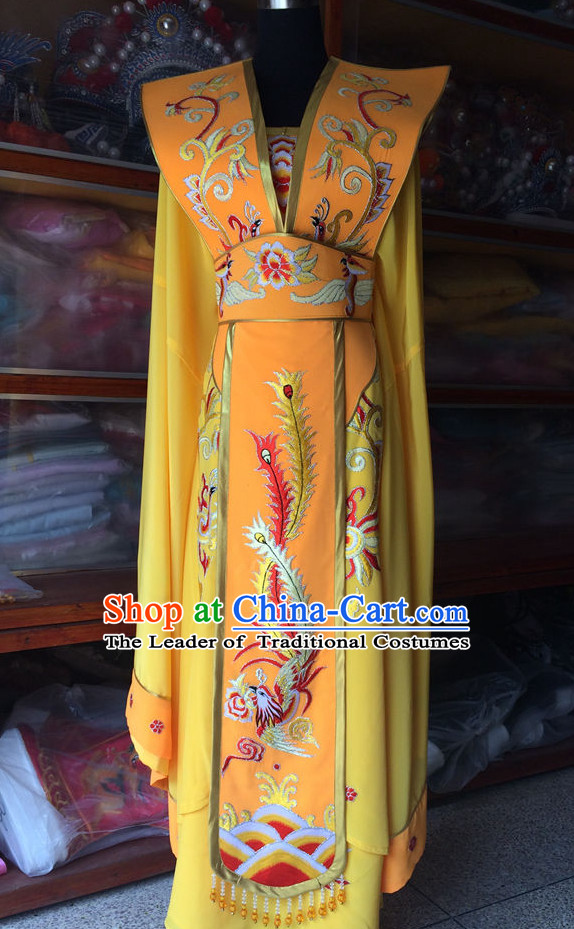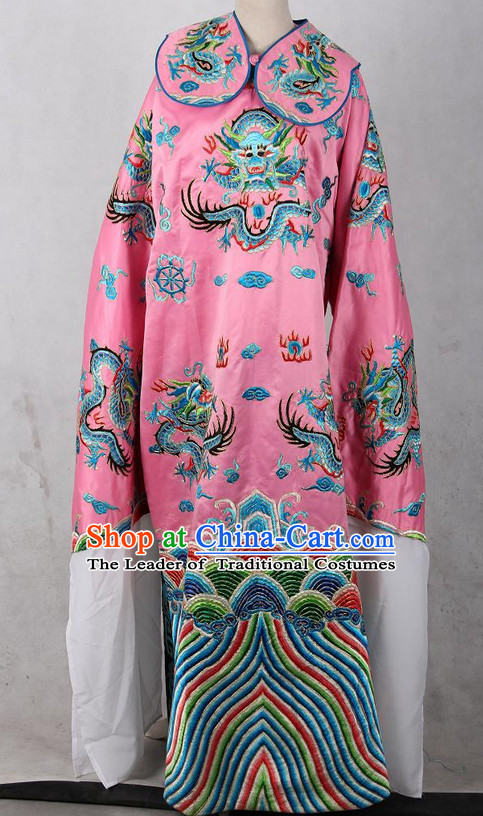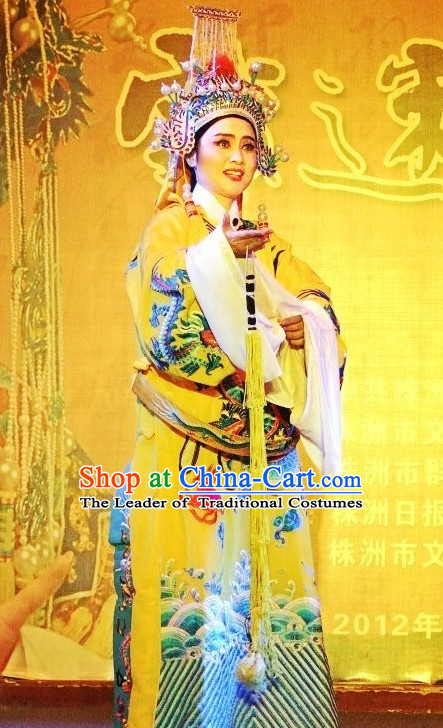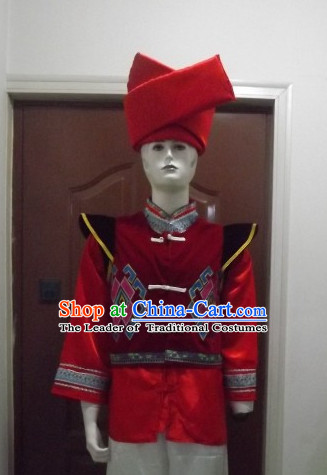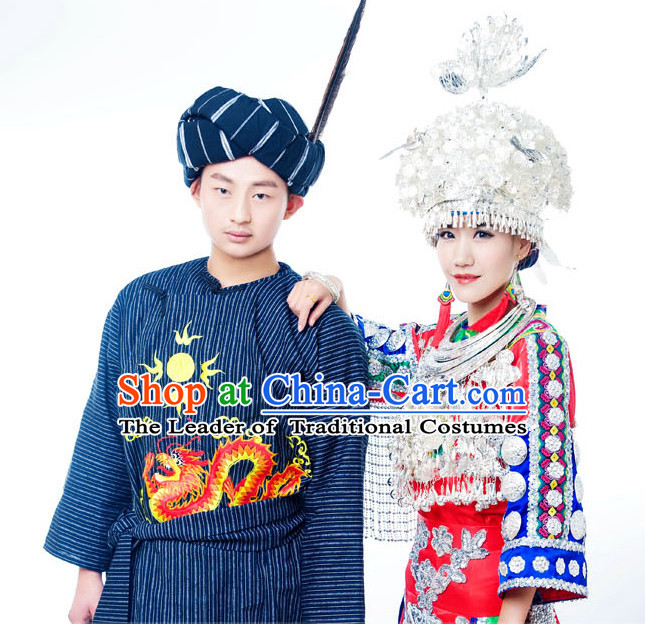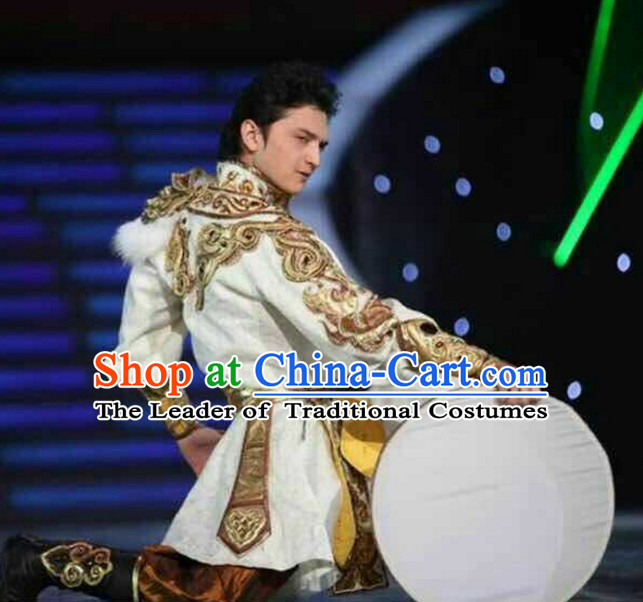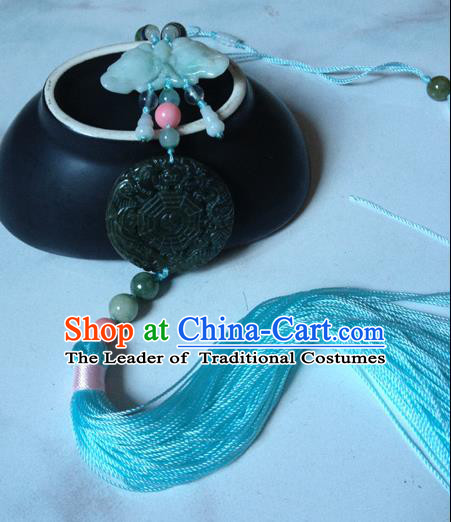
Click Related Pictures for More Audios:
The jade ornaments worn by men in ancient Chinese Hanfu are one of the treasures of Chinese culture.
These exquisite jade ornaments not only have a high artistic value but also bear rich historical significance and cultural connotations.
They witness the development process of ancient Chinese civilization and reflect the aesthetic concepts, craftsmanship level, and social hierarchy of that time.
In ancient China, jade was regarded as a sacred symbol, representing purity, nobility, and eternity.
Therefore, jade ornaments occupy a pivotal position in Hanfu.
From headwear to belts, shoes, and socks, jade ornaments can be found everywhere, forming a complete system of jade ornaments.
This system not only reflects the pursuit of beauty by the ancient Han people but also demonstrates their awe and respect for nature.
There are various types of jade ornaments worn by men in Hanfu, including jade pendants, jade disks, and jade rings.
Among them, jade pendants are the most common and are usually worn on the chest or waist.
The designs of jade pendants vary from simple and elegant to luxurious and intricate.
Jade disks are round-shaped jade objects that are usually worn on belts.
Jade rings are another common type of jade ornament, shaped like modern rings and worn on fingers.
In addition to jade ornaments, men in Hanfu also wear various other accessories such as gold crowns, silver crowns, and silk ribbons.
These accessories complement jade ornaments and together form a beautiful picture.
In ancient China, it was believed that wearing these accessories could enhance personal temperament and showcase one's status and identity.
In conclusion, the jade ornaments worn by men in ancient Chinese Hanfu are one of the treasures of Chinese culture.
They not only have a high artistic value but also carry rich historical significance and cultural connotations.
By appreciating these exquisite jade ornaments, we can better understand the life, beliefs, and values of the ancient Han people.
